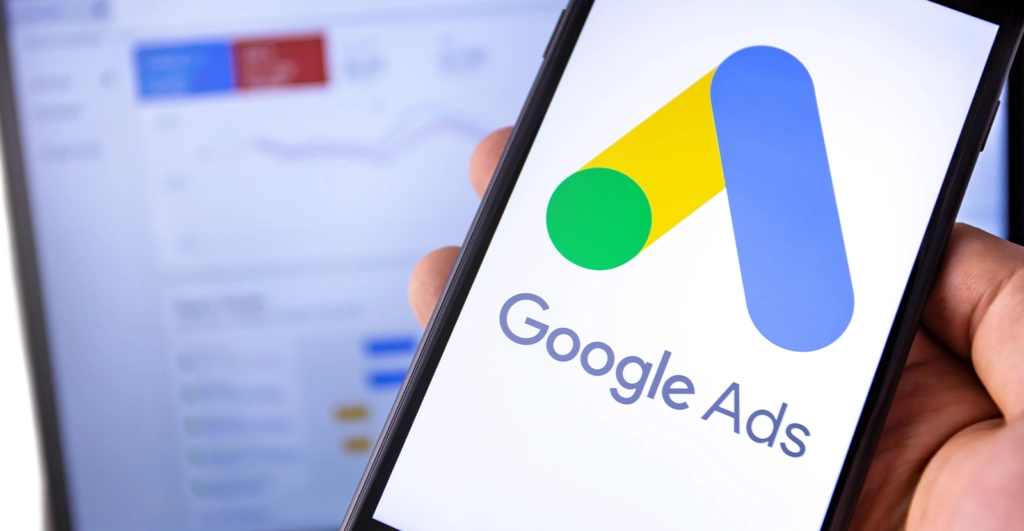In the digital era, a strong online presence is not just beneficial—it’s essential for business success. The heart of this presence is your website, acting as the hub for your marketing efforts, customer interactions, and brand representation. Effective website marketing not only helps you capture the attention of potential customers but also converts this attention into engagement and loyalty. However, crafting a strategy that resonates with your audience and meets business objectives requires a deep understanding of both the tools and tactics available. This blog post delves into proven website marketing strategies and explores how integrating a versatile tool like Wishpond can foster your efforts, streamline processes, and enhance your digital footprint. Whether you’re a small business owner or a marketing professional, the insights provided here will equip you with the knowledge to amplify your online impact and drive meaningful results.
What is Website Marketing?
Website marketing involves promoting a business or brand through its website. This approach aims to attract visitors and convert them into customers. Effective website marketing doesn’t just drive traffic; it targets specific audiences and encourages engagement through tailored content and functionalities.
Importance of Website Marketing Strategies
The digital landscape is crowded and competitive. Without a solid strategy, a website can easily become just another URL lost among millions. A well-crafted website marketing strategy helps businesses stand out, reach their target audience, and convey their message effectively. It not only improves visibility but also builds credibility and customer loyalty.
Top 7 Website Marketing Strategies
Effective website marketing hinges on several strategic pillars, each designed to optimize a different aspect of your online presence. Here’s a detailed breakdown of the top strategies:
1. Search Engine Optimization (SEO):

SEO is critical for enhancing your website’s visibility in search engine results pages (SERPs). The objective is to attract organic traffic by ranking higher for relevant keywords. Key components of SEO include:
- On-Page SEO: Focus on optimizing individual pages with relevant keywords, compelling meta descriptions, and effective title tags. Content should be structured around user intent, incorporating headers and internal links for better readability and navigation.
- Technical SEO: Ensure your website’s backend is optimized for indexing and crawling. This includes improving site structure, enhancing mobile responsiveness, and speeding up page load times.
- Off-Page SEO: Build your website’s authority through quality backlinks from reputable sites. This also encompasses social signals and any external marketing efforts that lead back to your website.
2. Content Marketing:

Content is the cornerstone of engagement and authority. Delivering high-quality content helps in attracting and retaining your audience. Effective content marketing strategies include:
- Diverse Formats: Use blogs, videos, podcasts, and infographics to cater to different preferences and increase engagement.
- Value and Relevance: Ensure your content addresses the needs, challenges, and interests of your target audience. Educational and problem-solving content builds trust and positions your brand as a thought leader.
- Consistency: Regular updates keep users coming back and improve SEO by signaling to search engines that your website is active.
3. Social Media Integration:
Linking your website with social media platforms enhances its reach and facilitates content sharing, driving more traffic back to your site. Strategies include:
- Social Sharing Buttons: Embed these on your blog posts and landing pages to make sharing effortless.
- Cross-Promotion: Promote content across various social platforms to maximize exposure. Each platform can be used to target a specific audience demographic or content type.
- Engagement: Use social media to engage directly with users, respond to comments, and participate in conversations to build a community around your brand.
4. Email Marketing:
Capturing email addresses and engaging with your audience through regular communications can significantly boost customer retention and conversion rates:
- Lead Magnets: Offer free downloads, webinars, or trial subscriptions in exchange for email signups.
- Segmentation: Tailor your email campaigns based on user behavior and preferences to increase relevance and effectiveness.
- Automation: Use automated email sequences to nurture leads through the sales funnel, from initial contact to post-purchase follow-up.
5. Pay-Per-Click Advertising (PPC):

PPC drives immediate traffic by placing ads in front of targeted audiences:
- Keyword Research: Identify and bid on keywords that potential customers are using to find services or products like yours.
- Ad Copy: Create compelling ad texts that encourage clicks. A/B testing can help refine your message.
- Landing Pages: Direct your PPC traffic to customized landing pages that are optimized for conversion.
6. User Experience (UX) Optimization:
A website that is easy to navigate, fast, and aesthetically pleasing encourages visitors to stay longer and engage more deeply:
- Responsive Design: Ensure your site looks good and functions well on all devices, especially mobiles.
- Navigation: Streamline navigation to make it easy for visitors to find what they’re looking for with minimal clicks.
- Load Times: Optimize images and streamline code to speed up page loading.
7. Analytics and Feedback:

Understanding how visitors interact with your site allows you to make informed improvements:
- Google Analytics: Track page views, user paths, and conversion rates to understand what works and what doesn’t.
- User Feedback: Regularly collect feedback through surveys or feedback buttons to gain direct insight into user experiences.
- A/B Testing: Continuously test different versions of your web pages to see which elements perform best in terms of user engagement and conversions.
By mastering these strategies, businesses can effectively enhance their online presence, engage with their audience more effectively, and ultimately drive more significant ROI from their digital marketing efforts. Check out more strategies here!
How Wishpond Can Help
Wishpond is an all-in-one marketing platform that significantly boosts website marketing efforts. Here’s how:
- Landing Pages: Create optimized landing pages that convert visitors into leads and customers.
- Email Automation: Automate your email marketing campaigns, making it easier to engage with your audience at the right time.
- Marketing Automation: Streamline your marketing processes by automating repetitive tasks. This frees up time to focus on strategy and creativity.
- Lead Generation Tools: Use forms, pop-ups, and social contests to gather more leads.
- Analytics: Access detailed reports and analytics to measure the effectiveness of your marketing strategies.
Conclusion
Embracing effective website marketing strategies is crucial for any business aiming to thrive in the digital age. By understanding the various techniques—from SEO and content marketing to PPC and user experience optimization—you can create a robust online presence that attracts and retains customers. Tools like Wishpond offer a powerful aid in this journey, providing essential services that streamline and enhance marketing efforts. Whether it’s through crafting compelling landing pages, automating emails, or analyzing the success of your campaigns, Wishpond can help turn your website into a dynamic tool that drives business growth.
Remember, the key to successful website marketing lies in consistent evaluation and adaptation of your strategies. Stay updated with the latest trends, listen to your audience, and continually refine your approach. With dedication and the right tools at your disposal, you can achieve remarkable results and ensure your website stands out in a crowded digital landscape. Now is the time to start implementing these strategies and reaping the benefits of a well-marketed website.
FAQs
Q1: How often should I update my website content for effective marketing?
Updating content regularly keeps your website fresh and relevant. Aim to update your blog or news section at least once a week.
Q2: Is SEO really important for my website?
Yes, SEO is crucial for improving visibility and driving organic traffic. It helps potential customers find you easily on search engines.
Q3: How can I increase the conversion rate on my website?
Focus on improving the user experience, use strong calls-to-action, and ensure that your website is optimized for conversions. Tools like Wishpond can help in creating effective landing pages.
Q4: How much should I spend on PPC advertising?
Start with a budget you are comfortable with, and adjust based on the results and your marketing goals. It’s often a good idea to start small and scale up as you gain insights.
Q5: How do I choose the right social media platforms to integrate with my website?
Choosing the right social media platforms involves understanding where your target audience spends their time. Research the demographics and user behavior on different platforms. Platforms like Facebook, Instagram, and LinkedIn are essential for most businesses. Tailor your choice based on your business niche and audience preferences.
Q6: How do I measure the success of my website marketing?
Set clear, measurable goals and use analytics tools to track your progress. Metrics to watch include traffic, bounce rate, conversion rate, and the effectiveness of specific campaigns.

